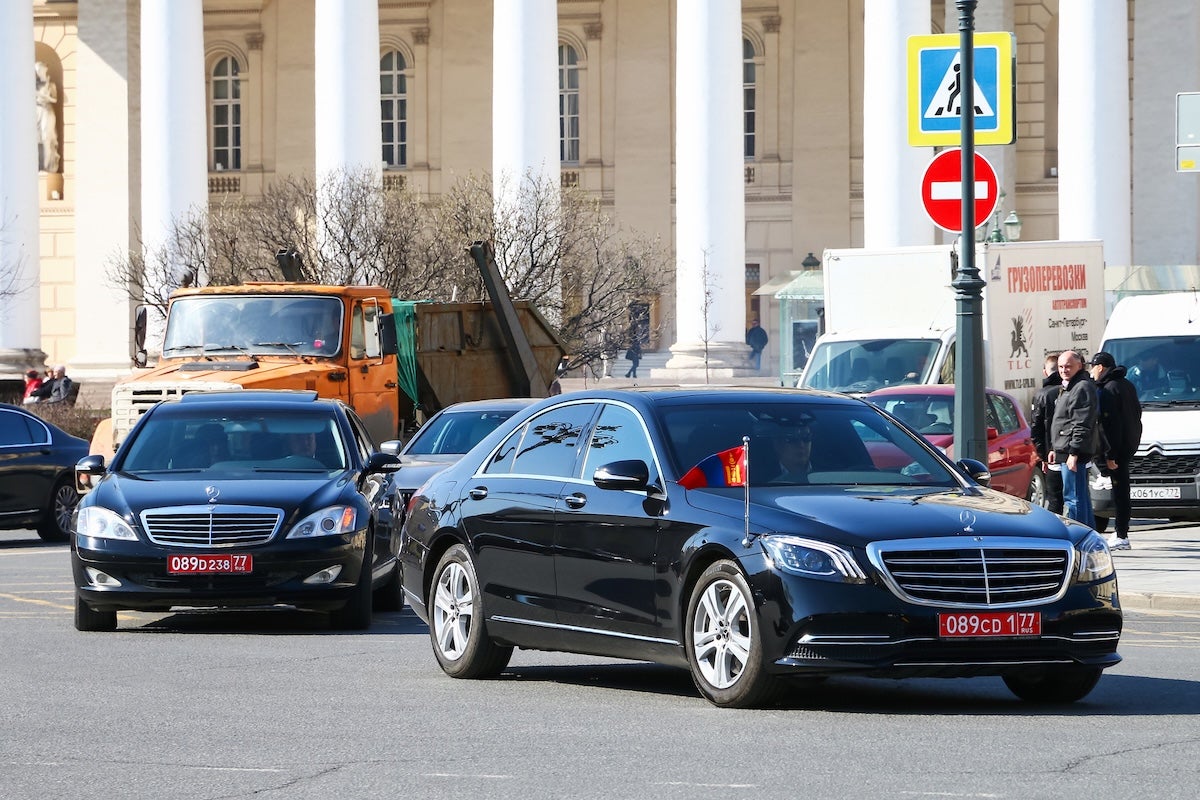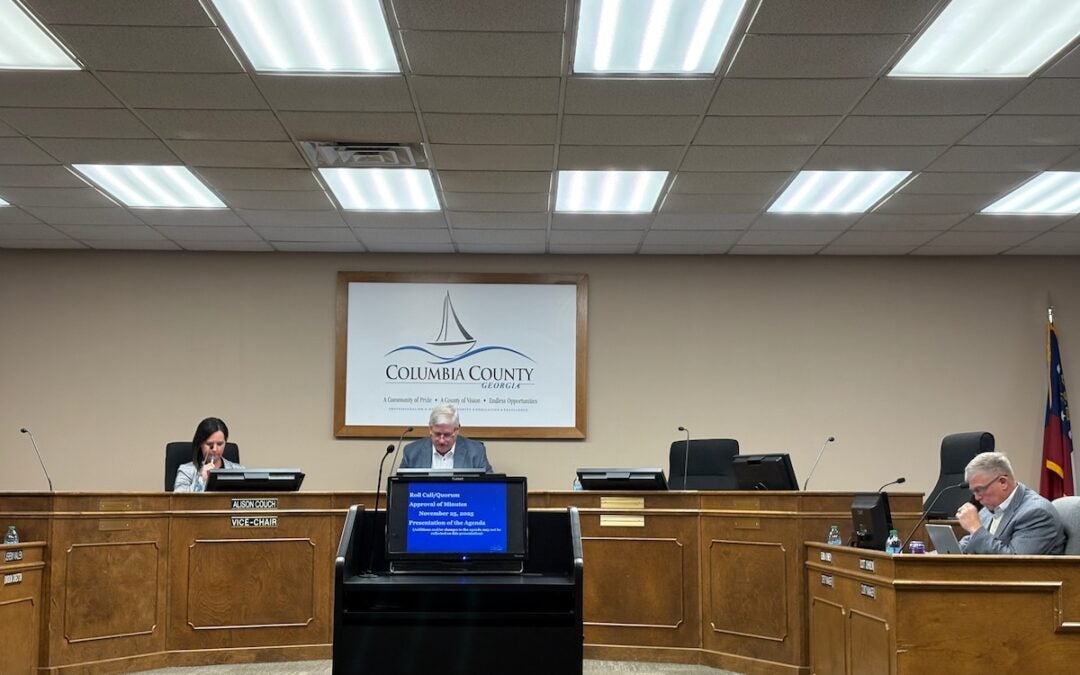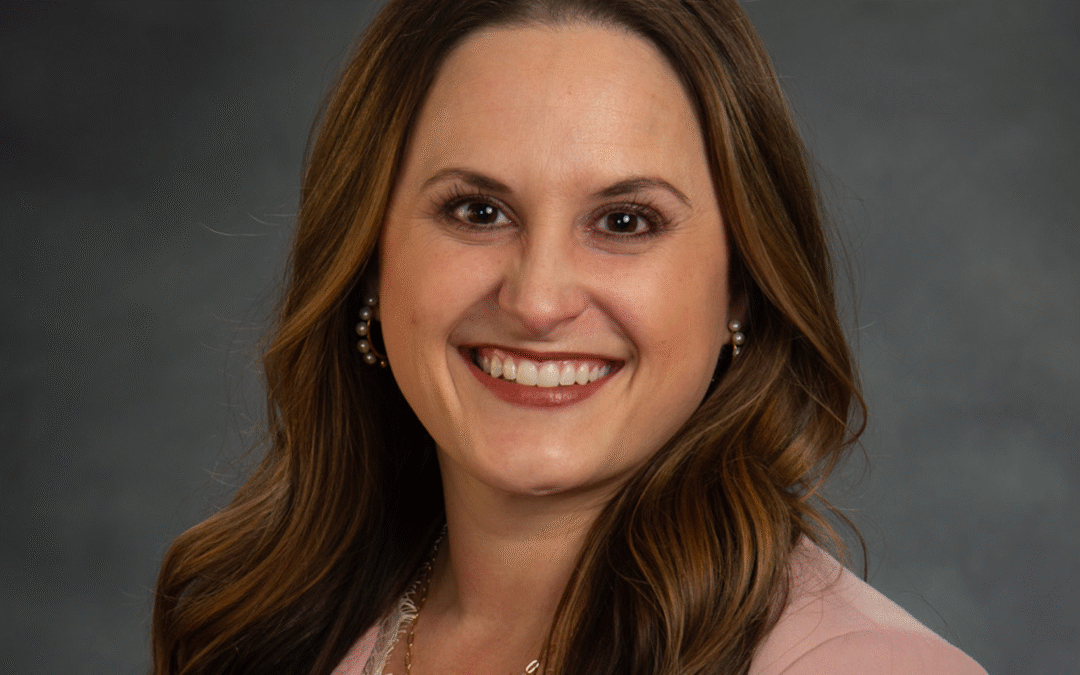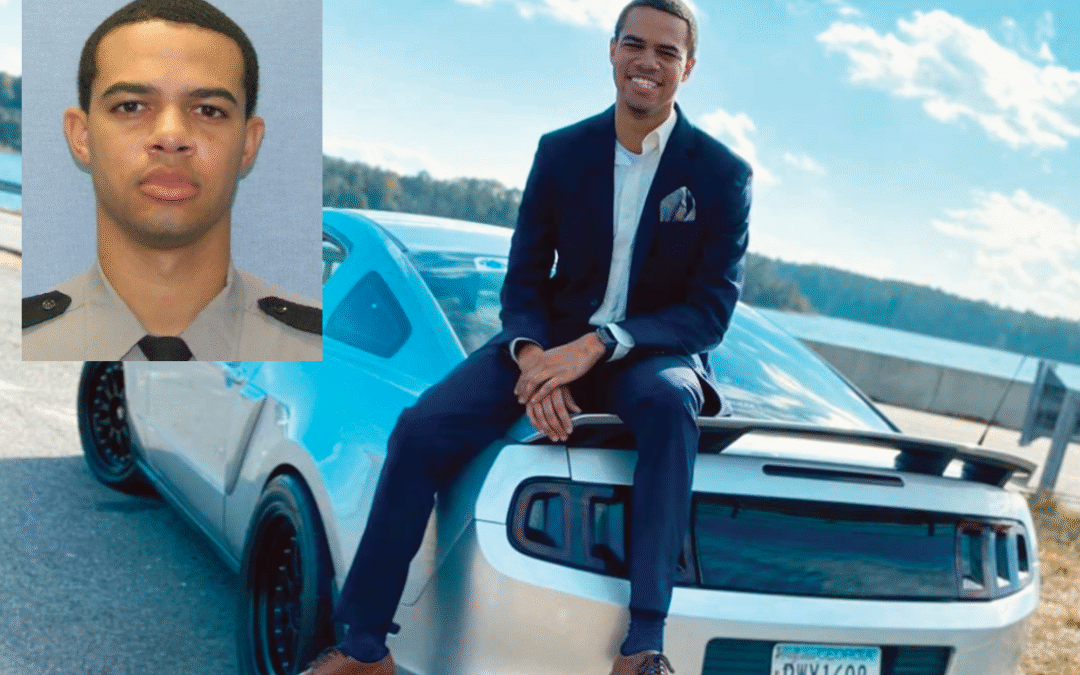As a general rule, it is very hard to get a society, family or even a single person to agree to end a long erm tradition. They become ingrained in our way of thinking and acting and they are hard to give up. That is understandable. In fact, good traditions should be maintained because they give us a sense of stability. We can even mark the times of a year by the traditions we hold. Traditions are very comforting. However, there is a tradition that is a very long-standing one that I think has come to a time when it should cease to be.
O.K….I’m about to tell you which tradition I think should be dropped and that is the tradition of the funeral procession. Before many of you utter and automatic “NO” to that suggestion, let me tell you why I think this should be done. The funeral procession commenced in the days when everything moved slow and easy. In the nineteenth and early twentieth centuries funeral processions were led by a horse-drawn hearse followed by a line of people trailing along behind the glass sided hearse containing the dearly departed. Very slowly the procession moved through the streets until they arrived at the grave site. It was slow because horses were slow and people walking along behind were even slower. It was a solemn procession was meant to show respect for the person who had died.
Oven the years with the advent of the automobile, the horses were replaced with a motorized hearse followed by people in their personal automobiles. They could have sped up a little but they didn’t. The procession is still as slow as molasses in winter as people make their way to the cemetery and the place of rest. As long as I can remember it has been that way. And, in the past, it was really no trouble at all to the public as the procession made its way through the streets. A police escort was helpful in making sure no one violated the procession by breaking in line. They also stopped traffic at intersections so the funeral procession would not be impeded in any way as they went to the place the dearly departed was to rest until Jesus comes back. It worked perfectly for many, many years but the day has changed so much that what was formally a tradition which caused no problems is now, especially in larger cities, a big problem because of a heavy volume of traffic.
Recently, I was travelling in a rather long funeral procession for a well-known person. As usual we were proceeding at a speed that the earlier processions could almost keep up with. I noticed on my speedometer that we were cruising along at about 22 miles per hour with an occasional burst of speed that found us at 25 mph. We were going quite a distance to a certain cemetery and we were quite obviously creating a traffic problem which would take several minutes to untangle. Long lines of cars waited on us to pass. More recently, those lines have been getting longer and longer and the number of cars waiting on a procession to pass is getting larger. People, out of respect, pull over to the side of the road until the funeral procession passes by but this, too, creates more congestion with the number of cars on the streets today.
The Sheriff’s deputies try their best to get to the next intersection before the procession does and, in doing so, they reach a high rate of speed as they scream by those in the procession with sirens blazing and red lights blinking frantically. They are usually in the “suicide lane.” I have often thought how easy it would be for someone to pull in the path of a Deputy’s car with the result being a bad wreck. One would be surprised how often confusion occurs in a funeral procession. It gets “chancy” sometimes.
Recently, I was the preacher at a lady’s funeral and on the way to the cemetery there was almost a bad accident. When we approached the traffic light at Robert C. Daniel Parkway and Walton Way Extension, the Sheriff’s car whizzed by us to get to the intersection in order to stop the traffic for the procession. Someone in a red pickup truck was not tuned in to what was going on and ran the red light almost striking the front of the Deputy’s patrol car. He did not see the procession even with the sirens and blue lights flashing. Cars were stopped everywhere but he went through the intersection at about 50 miles an hour and immediately realized his mistake right after he nearly hit the patrol car. He slowed down and looked back but it was too late to do anything about it. Such things as this happen all too often in funeral processions in larger cities such as Augusta, Atlanta, Macon and that is why the process of going to the place of burial is being adjusted in some places.
Here is my suggestion for everyone’s health and safety: With the traffic as congested as it is, I think it is time to do away with the tradition of the funeral procession. I have been told that this is what some bigger cities are doing and it sounds like good advice to me. I think that the funeral home should give out simple maps to the gravesite and inform everyone that the interment proceedings will commence in 45 minutes or an hour (or whatever the situation calls for) and allow time for people to drive to that location for the conclusion of the funeral for their friend or family member. That would solve the congestion and near accidents that occur in some funeral processions. People could take their own route to the burial site and the service would start at the proposed time. This process would also alleviate the traffic problems caused by slow processions. Another thought concerns our public servants who are already stretched thin. Providing an escort for funeral processions keeps them from being able to serve the public in more crucial places where they are really needed. It generally takes three or four patrol cars and personnel to provide a proper escort and it easily requires an hour out of their day on an average funeral procession escort.
I am sure that it would take a little time for people to get used to this process but I think it would pay off and be welcomed by the travelling public in the Augusta area. Change is often resisted but good change should be strongly considered and implemented if possible.
I’m also sure there will be differences in opinion about this but I urge our funeral homes and their directors as well as the general public, to seriously consider my suggestion.










